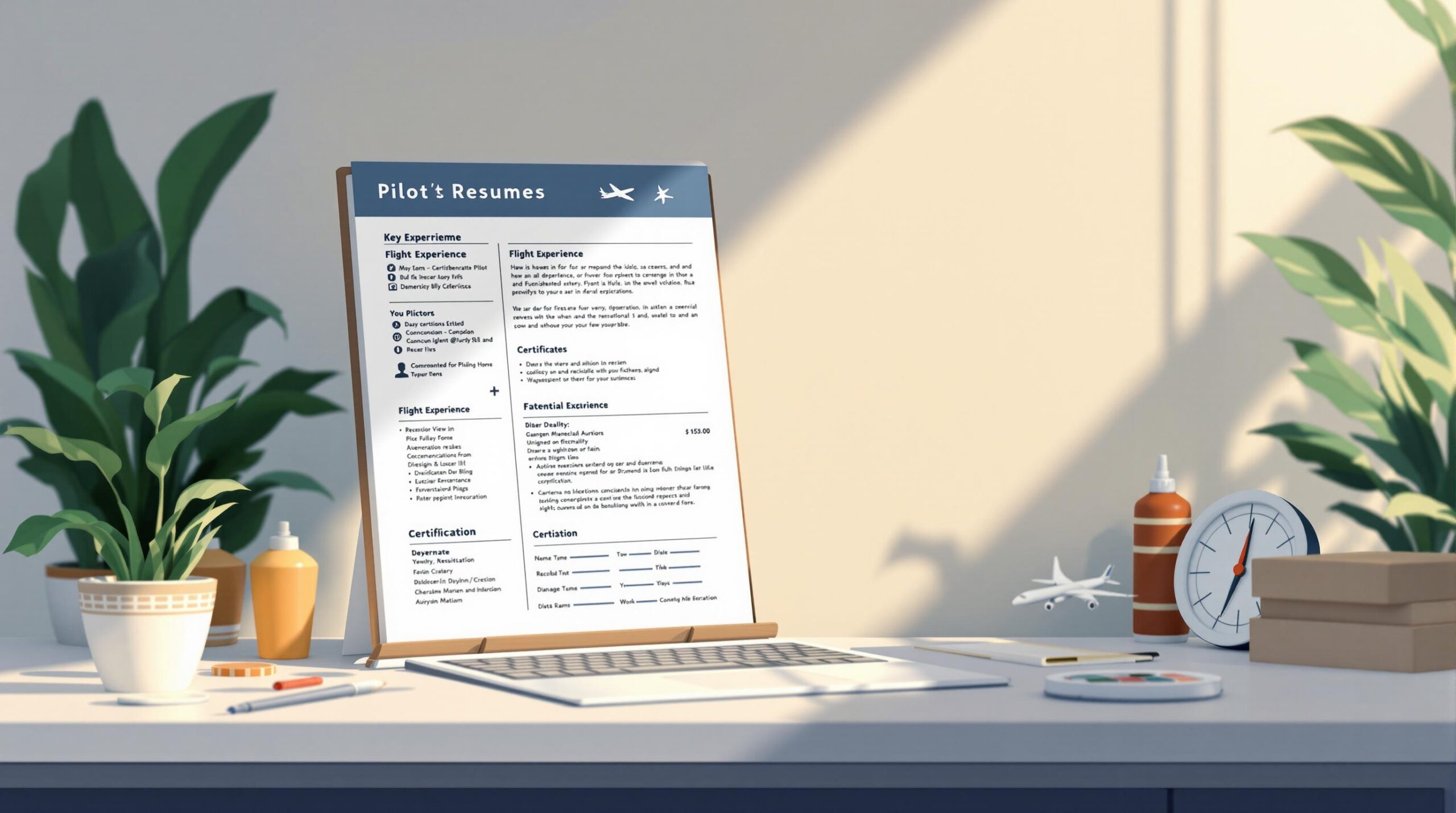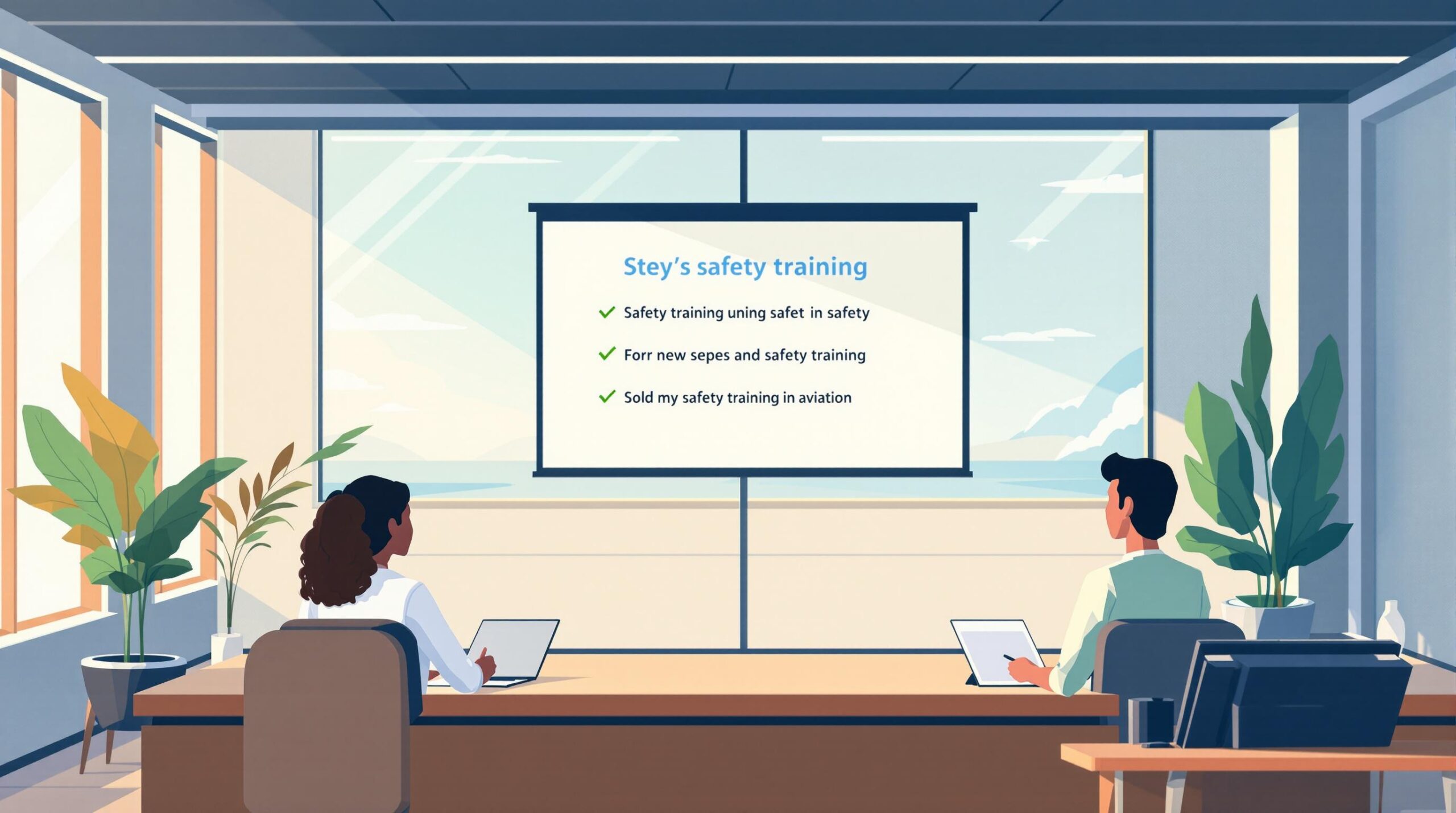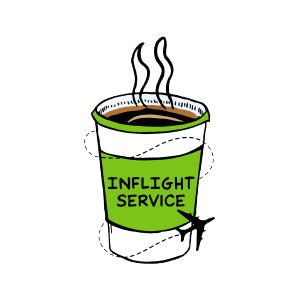Clear communication is critical for pilot interviews. Airlines look for candidates who can convey information accurately under pressure. Here are 5 key tips to help you stand out:
- Keep Answers Short and Organized: Use the STAR method (Situation, Task, Action, Result) to structure responses clearly and focus only on key details.
- Remove Filler Words: Avoid "um", "like", and other fillers. Use pauses instead to sound more confident and polished.
- Balance Technical Language: Adjust your explanations based on the interviewer’s knowledge level – technical for pilots, simple for HR.
- Listen and Respond Effectively: Practice active listening, take notes, and ask for clarification when needed to ensure accurate answers.
- Use Body Language Well: Sit upright, maintain natural eye contact, and use purposeful hand gestures to project confidence.
These tips can help you communicate with clarity and confidence during your interview. Practice is key – record yourself, refine your responses, and focus on delivering concise, impactful answers.
Airline Pilot Interview Preparation – STAR Method
Tip 1: Keep Answers Short and Organized
Clear and structured answers are crucial during interviews. One effective way to organize your responses is by using the STAR method.
Use the STAR Method
The STAR method helps you present your answers in a clear and logical way:
- Situation: Briefly explain the context.
- Task: Describe the goal or challenge.
- Action: Highlight the steps you took.
- Result: Share the outcome and any lessons learned.
For instance, when discussing crew resource management, you could say:
"During a flight from LAX to ORD (Situation), we needed to divert due to worsening weather (Task). I worked with dispatch, assessed alternate airports, and communicated our fuel status and decisions to ATC and the cabin crew (Action). We landed safely at Kansas City International with minimal disruption, and our communication was praised during the airline’s safety review (Result)."
Stick to the Essentials
Focus on the most important details. Highlight the impact of your actions, use specific metrics when applicable, and stay on topic.
Break your answer into clear sections. For complex scenarios, emphasize critical decisions:
"The approach required immediate action due to three key factors: ceilings dropping to 200 feet, wind gusts reaching 35 knots, and our fuel reserves nearing the minimum. I decided to divert while we still had multiple options."
This method demonstrates your ability to process and communicate complex situations effectively – exactly the kind of skill airlines value in their pilots.
Tip 2: Remove Filler Words
Cutting out filler words can make a big difference in how you come across during a pilot interview. Just like structured answers highlight your expertise, avoiding verbal fillers makes your delivery more polished and professional.
Recognize Common Filler Words
Certain filler words can distract from your message and weaken your communication. Here are some examples:
| Filler Type | Examples | Impact on Communication |
|---|---|---|
| Hesitation Words | "Um", "Uh", "Er" | Shows hesitation or doubt |
| Empty Phrases | "You know", "Like", "Basically" | Reduces credibility |
| Redundant Words | "Actually", "Literally", "Essentially" | Makes your message less clear |
| Time Fillers | "Well", "So", "Right" | Makes responses sound weaker |
Instead of relying on these fillers, use strategic pauses. A short pause can make you appear thoughtful and give you time to organize your thoughts. For example, when responding to detailed questions about procedures or emergencies, pausing for 2-3 seconds shows you’re carefully considering your answer.
Techniques to Improve Speech Clarity
Here are some practical ways to make your speech clearer and more effective:
- Record and Review: Record yourself answering common interview questions. Listen for filler words and focus on removing them.
-
Use Precise Language: Replace vague phrases with specific aviation terms. For example:
Instead of saying, "So, like, when the weather was basically getting worse…"
Say, "When conditions deteriorated to 800-foot ceilings with 2-mile visibility…" -
Practice Deliberate Pauses: Use pauses to break up complex thoughts and keep your responses organized. For instance:
"The QRH procedure for engine failure involves (pause) securing the affected engine (pause) and completing the memory items before consulting the checklist."
- Control Your Speaking Pace: Aim to speak at a pace of 130-150 words per minute. This speed ensures your words are clear and easy to follow.
sbb-itb-de05b1b
Tip 3: Balance Technical Language
In pilot interviews, it’s important to balance technical aviation terms with clear, straightforward explanations. This approach not only highlights your expertise but also ensures your responses are understandable to a variety of interviewers.
Simplify Technical Topics
When explaining complex aviation concepts, aim to simplify without losing accuracy. Tailor your explanations based on who you’re speaking with:
| Communication Level | When to Use | Example Response |
|---|---|---|
| Technical | For type-rated pilots | "During V1 cut scenarios, I maintain directional control through rudder input while establishing pitch attitude for V2." |
| Semi-Technical | For aviation professionals | "If we lose an engine at takeoff decision speed, I keep the plane straight, rotate normally, and climb at our safe single-engine speed." |
| Simplified | For HR or non-technical interviewers | "If we have an engine problem during takeoff, we follow specific speeds and procedures to safely get the aircraft airborne." |
Start with a general overview and then break it down into the key steps. For instance, you could describe an instrument approach as a structured process designed to ensure a safe landing in low-visibility conditions.
Choose the Right Terms
Your terminology should match the knowledge level of your audience while still showcasing your expertise. Here’s how you can adjust:
- Mirror the interviewer’s language: Match your level of detail to how technical their questions are.
- Define terms briefly: For example, "The MEL, or Minimum Equipment List, outlines which systems must work for safe flight."
- Stick to industry-standard terms: Instead of saying "the weather radar is glitchy", say "the weather radar is showing intermittent returns."
- Be precise about systems: Use correct terms like "Auxiliary Power Unit (APU)" instead of vague descriptions like "the backup power thing."
This balance helps you demonstrate both technical expertise and communication skills, which are key in aviation interviews.
Tip 4: Listen and Respond Effectively
Active listening is key to fully understanding questions and responding with confidence. By combining attentive listening with structured replies, you can ensure your answers address what truly matters during the interview.
Practice Active Listening
- Maintain natural eye contact: Focus on the interviewer while they speak, but avoid making it uncomfortable.
- Nod occasionally: Small gestures show you’re engaged without interrupting.
- Take notes and listen carefully: Writing down key points can help, especially for multi-part questions.
Active listening becomes even more crucial when discussing complex topics like emergency procedures or crew resource management. Take a moment to process the question before answering to ensure your response is clear and relevant.
If a question isn’t entirely clear, don’t hesitate to ask for clarification.
Get Question Clarity
Some questions may be complex or vague. Knowing how to ask for clarification can help you provide a more accurate and thoughtful response:
| Situation | Recommended Approach | Example Clarification Request |
|---|---|---|
| Multi-part Question | Confirm all parts | "You asked about my leadership style and a specific challenge. Should I address these separately?" |
| Technical Scenario | Verify important details | "Just to confirm, is this scenario happening during the takeoff phase?" |
| Ambiguous Context | Ask for more specifics | "Could you clarify if this situation involves normal operations or an emergency?" |
When seeking clarification, keep your tone professional and focused:
- "Could you elaborate on [specific aspect]?"
- "To provide the best answer, are you referring to [specific context]?"
- "Would you mind rephrasing that question? I want to ensure I address it correctly."
Use clarification requests sparingly to show thoughtfulness without appearing unprepared.
Tip 5: Use Body Language Well
Non-verbal cues play a big role in shaping how interviewers perceive you. The way you present yourself can signal professionalism and boost your confidence during the interview.
Project Confidence
Good body language begins with proper posture and positioning. Here’s a quick guide:
| Body Language Element | Best Practices | Mistakes to Avoid |
|---|---|---|
| Sitting Position | Sit upright with your back straight and shoulders relaxed | Slouching or leaning too far back |
| Eye Contact | Shift your gaze naturally among interviewers | Staring too intensely or avoiding eye contact |
| Facial Expression | Maintain a neutral, pleasant look | Over-smiling or frowning |
| Leg Position | Keep feet flat on the floor and legs uncrossed | Crossing legs or bouncing your feet |
When discussing technical topics like aircraft systems or procedures, slightly leaning forward can show you’re engaged without coming across as overly intense. Pair this with steady eye contact and good posture to leave a strong impression.
Control Hand Movements
Your hand gestures can add to your communication when used intentionally. Here’s how to keep them effective:
- Keep your hands visible and relaxed on the table or armrests when you’re not gesturing.
- Use purposeful gestures to emphasize important points.
- Match the interviewer’s energy level with the size and intensity of your gestures.
- Steer clear of distracting habits like:
- Touching your face or neck.
- Fidgeting with objects on the table.
- Making rapid or erratic movements.
- Pointing directly at the interviewer.
When explaining spatial or technical concepts, use clear, deliberate hand gestures within the chest-to-waist area to make your points easier to follow.
For virtual interviews, set your camera at eye level so you’re framed from mid-chest upward. This ensures your hand movements are visible and adds clarity to your communication. Keep your background professional and free of distractions.
The key is to make sure your gestures support and enhance what you’re saying.
Conclusion
Pilot interviews require a strong command of both verbal and non-verbal communication. It’s not just about what you say, but how you say it – explaining complex aviation concepts clearly while staying composed and professional.
To sharpen these skills, consider tools like Pilot Pathfinder‘s Pro plan, available for $29/month. Preparation is the key to success. Practice recording your answers to fine-tune your delivery and body language. Clear, concise responses paired with confident non-verbal cues can make a lasting impression.
Focus on these techniques to communicate with precision and confidence during your pilot interviews.




